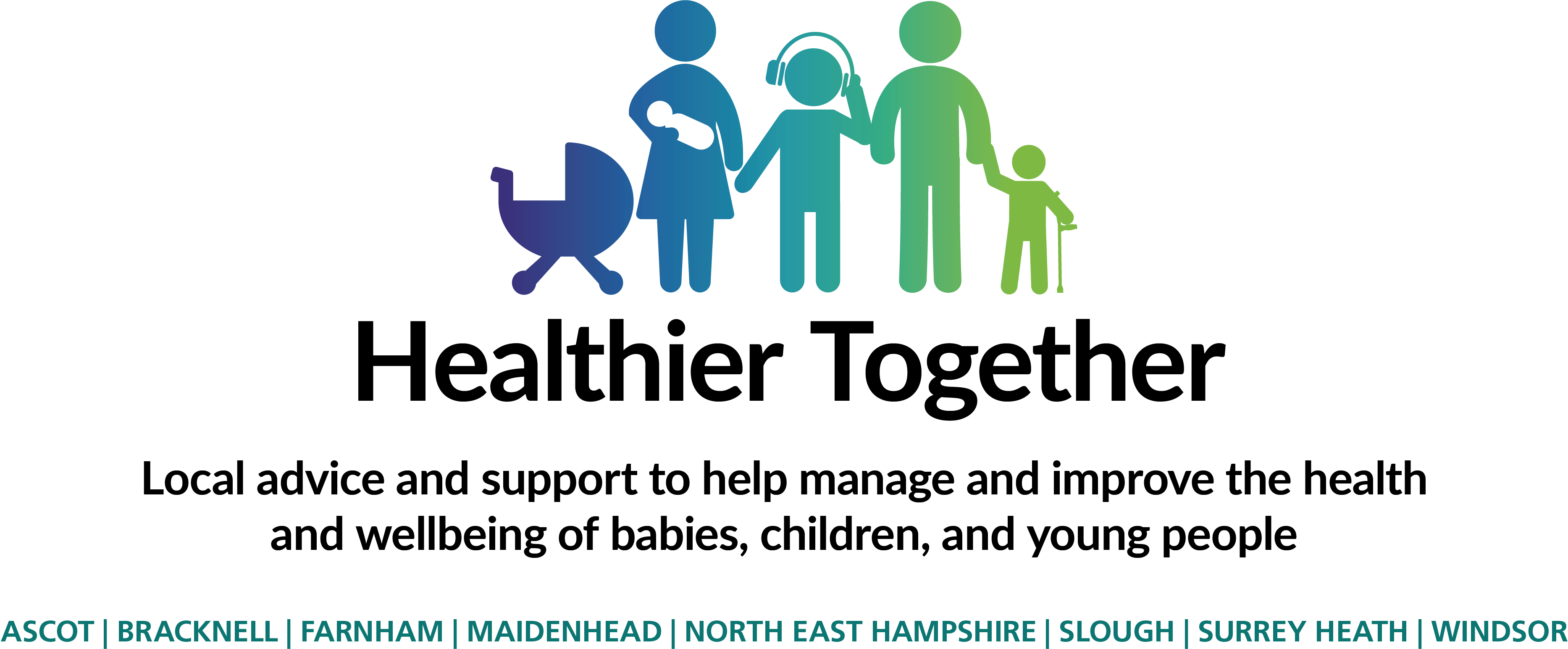Conjunctivitis in Children
Click here to download a printable version of this page
Conjunctivitis ("red eye" or "pink eye") is common eye condition that affects children, especially under 5 years of age. It can either be caused by an infection or by an allergy. Infectious conjunctivitis is contagious and may spread to other household members. Allergic conjunctivitis is more common in children with allergies such as hay fever.
Symptoms of conjunctivitis include:
- a red or pink eye (or both eyes)
- redness behind the eyelid
- swelling of the eyelids, making them appear puffy
- excessive tears
- either a watery discharge or a yellow-green discharge from the eye which dries when your child sleeps, causing crusting around the eyelids
- a dislike of bright lights (photophobia)
- a gritty feeling (like there is sand in the eye)
- itchiness of the eyes and eye rubbing
- children with allergic conjunctivitis almost always rub their eyes excessively. They may also have an itchy or runny nose and sneezing
When you should worry?
If your child has any of the following:
- Becomes pale, mottled and feels abnormally cold to touch
- Is going blue around the lips
- Has a fit/seizure
- Becomes extremely agitated (crying inconsolably despite distraction), confused or very lethargic (difficult to wake)
- Develops a rash that does not disappear with pressure (the 'Glass Test')
- Is under 3 months of age with a temperature of 38°C / 100.4°F or above (unless fever in the 48 hours following vaccinations and no other red or amber features)
You need urgent help.
Go to the nearest Hospital Emergency (A&E) Department or phone 999
If your child has any of the following:
- Severe pain in eyes
- Extreme sensitivity to light (photophobia)
- Changes in vision including flashing lights (vision can appear blurred or misted because of discharge smeared over the surface of the eye, but this will usually clear on blinking or wiping the eyes)
- Severe headache
- Persistent vomiting
- Babies under 28 days with a red eye(s) or lots of thick pus from their eye(s). A sticky eye(s) without redness or swelling is quite common in babies due to blocked tear ducts - this does not require review by a doctor
- Blisters develop on the skin next to the eye
- Redness and swelling of the skin around the eye
- Is finding it hard to breathe
- Seems dehydrated (dry mouth, sunken eyes, no tears, drowsy or passing less urine than usual)
- Is becoming drowsy (excessively sleepy) or irritable (unable to settle down with toys, TV, food or picking up) - especially if they remain drowsy or irritable despite their fever coming down
- Has extreme shivering or complains of muscle pain
- Is 3-6 months of age with a temperature of 39°C / 102.2°F or above (but fever is common in babies up to 2 days after they receive vaccinations)
- Continues to have a fever above 38.0°C for more than 5 days
- Is getting worse or if you are worried
Please ring your GP surgery or out of hours contact NHS 111 for advice – dial 111 or for children aged 5 years and above visit 111.nhs.uk
If none of the above features are present
Self care
Continue providing your child’s care at home. If you are still concerned about your child, call NHS 111 – dial 111



